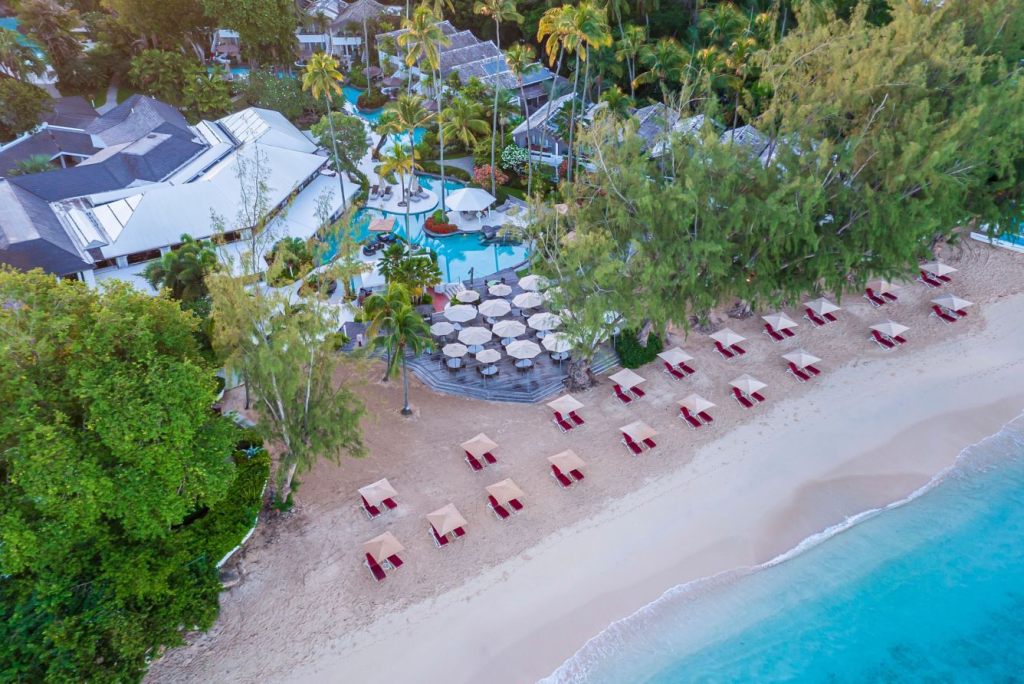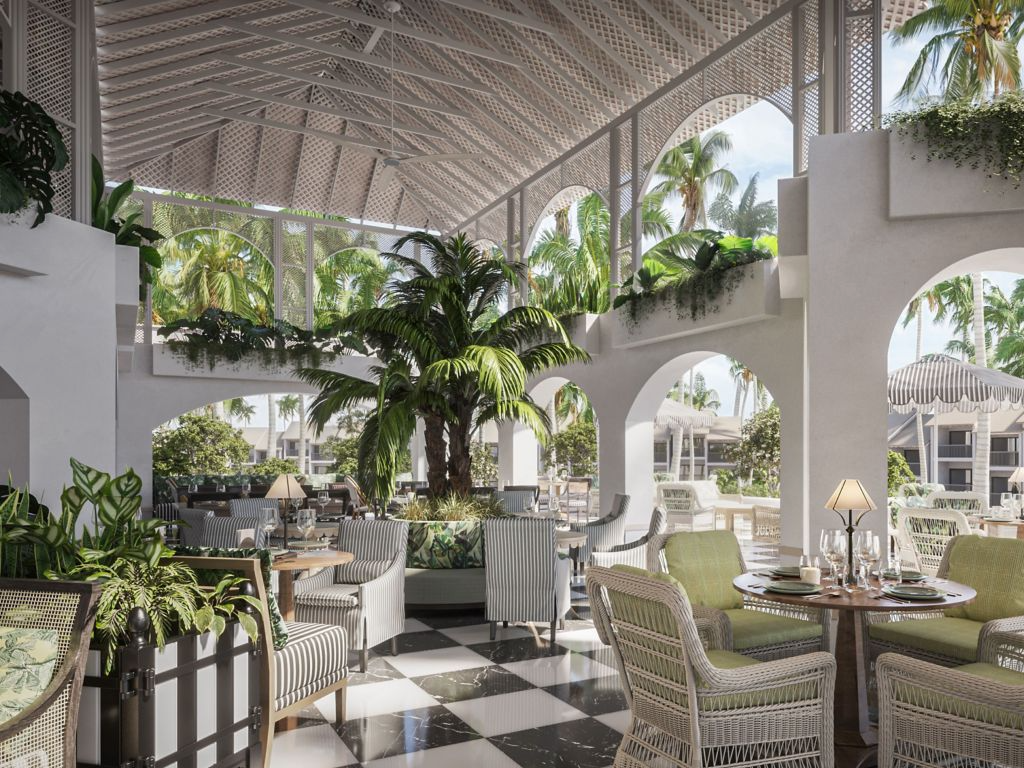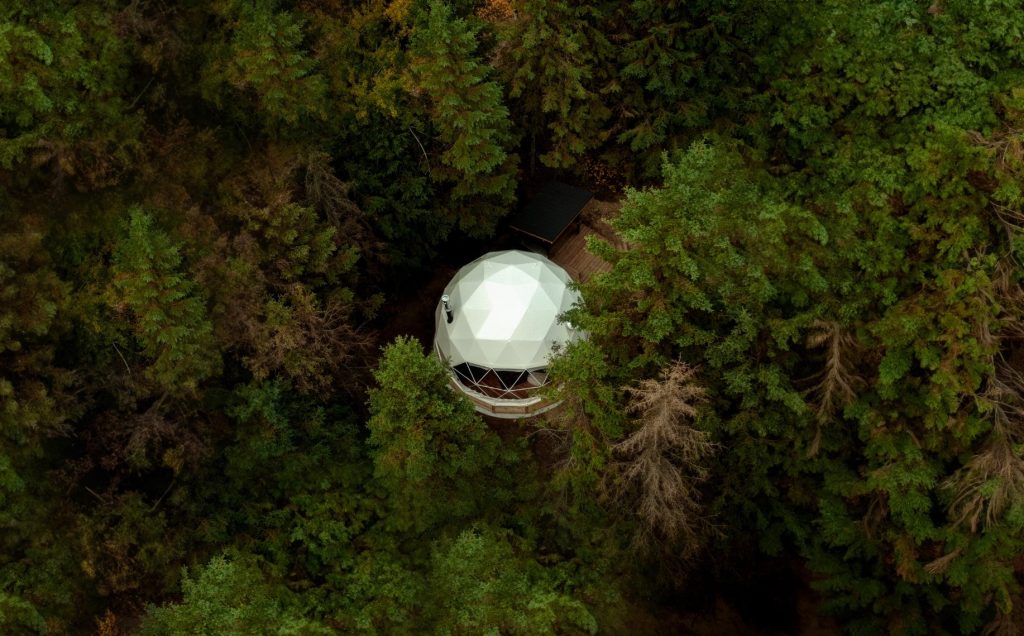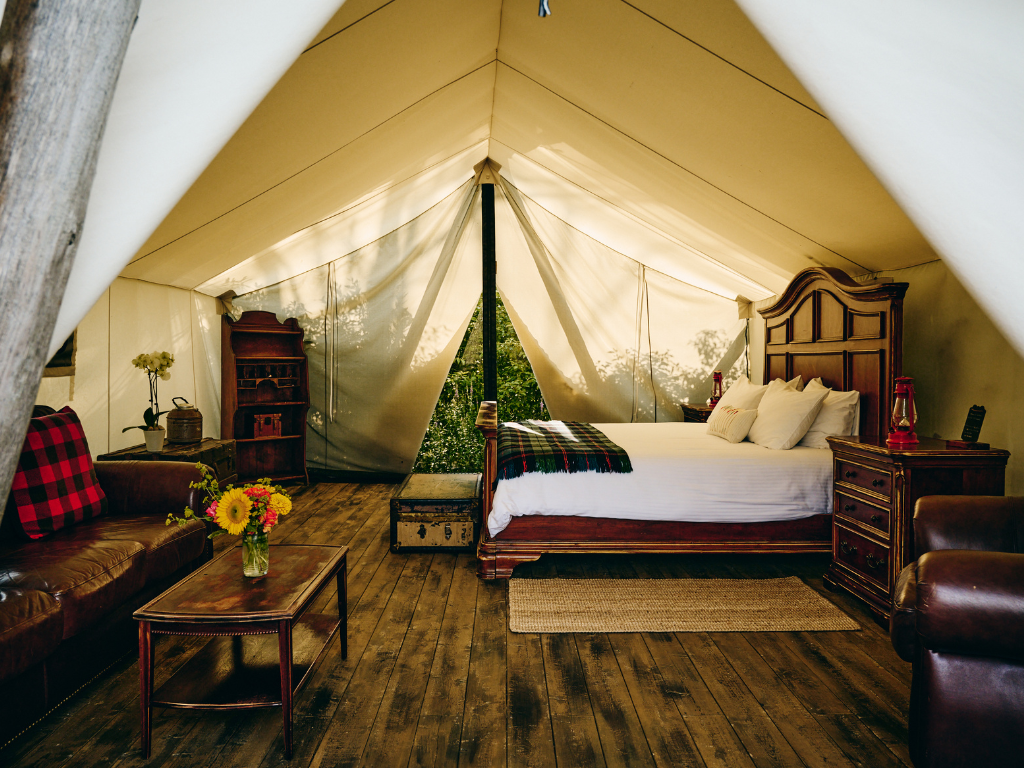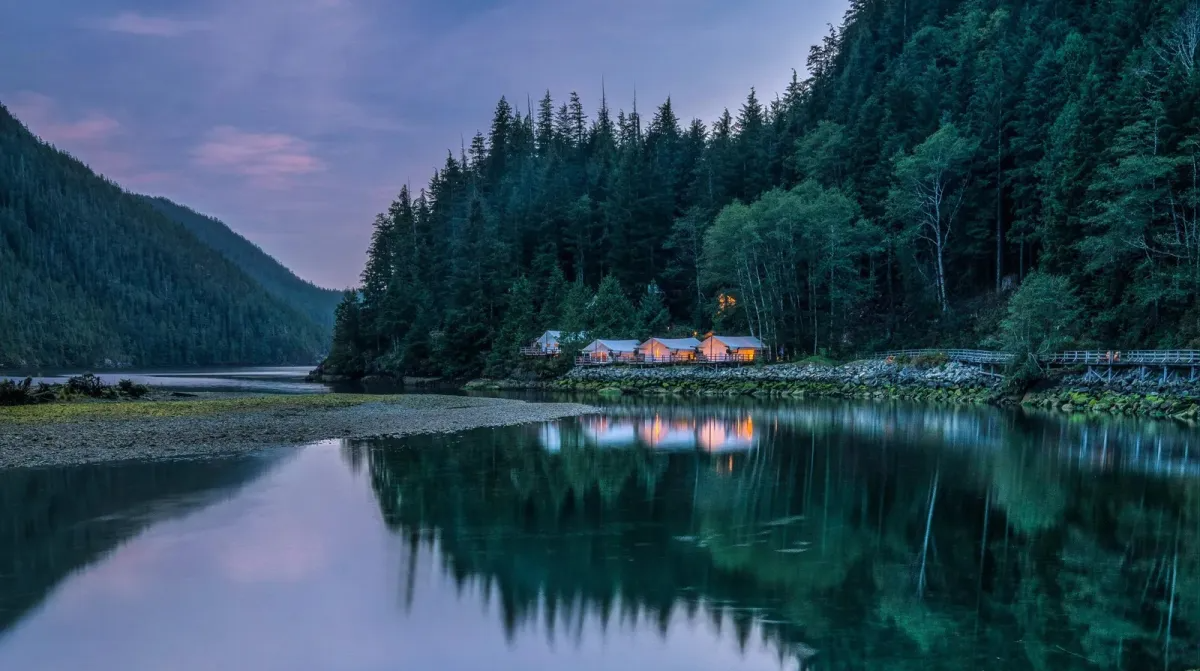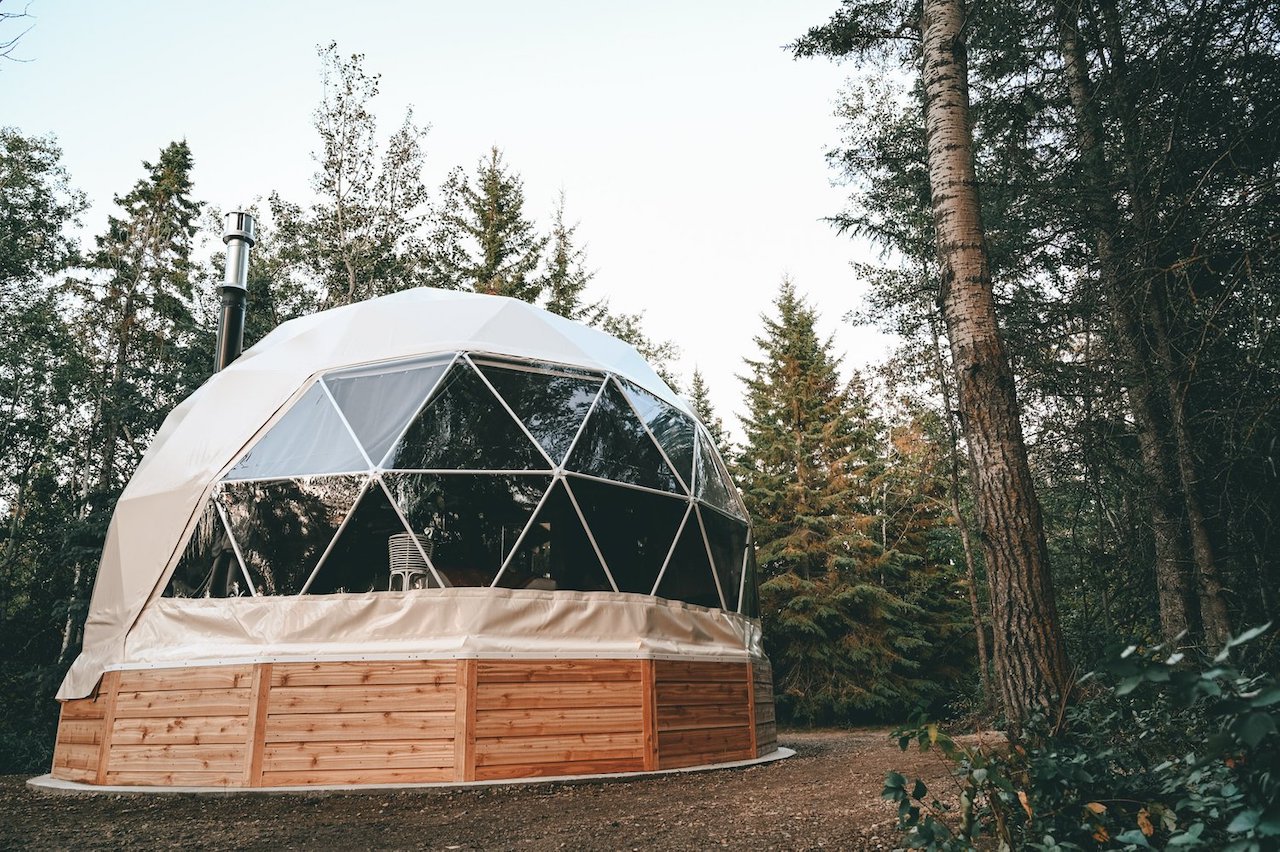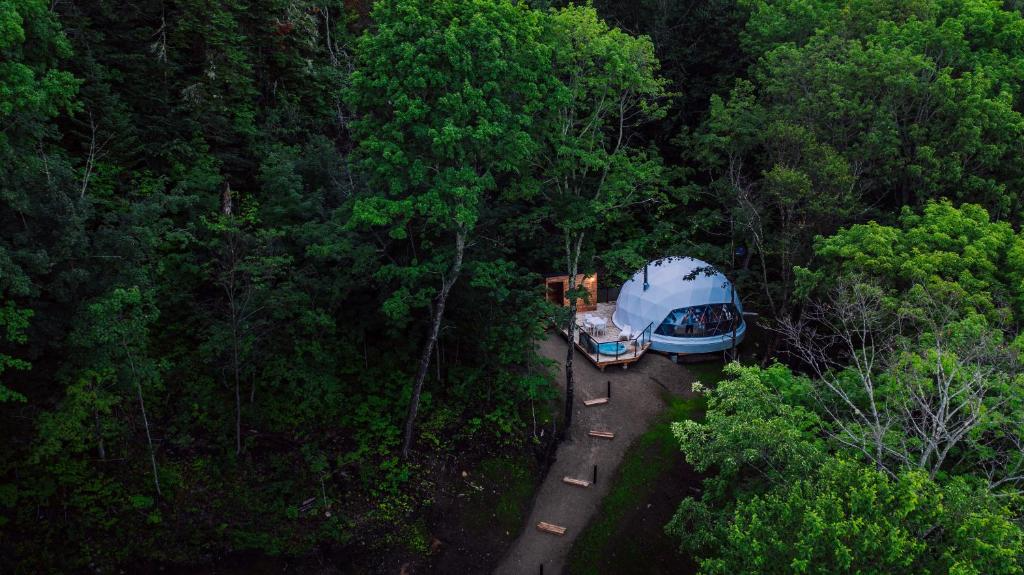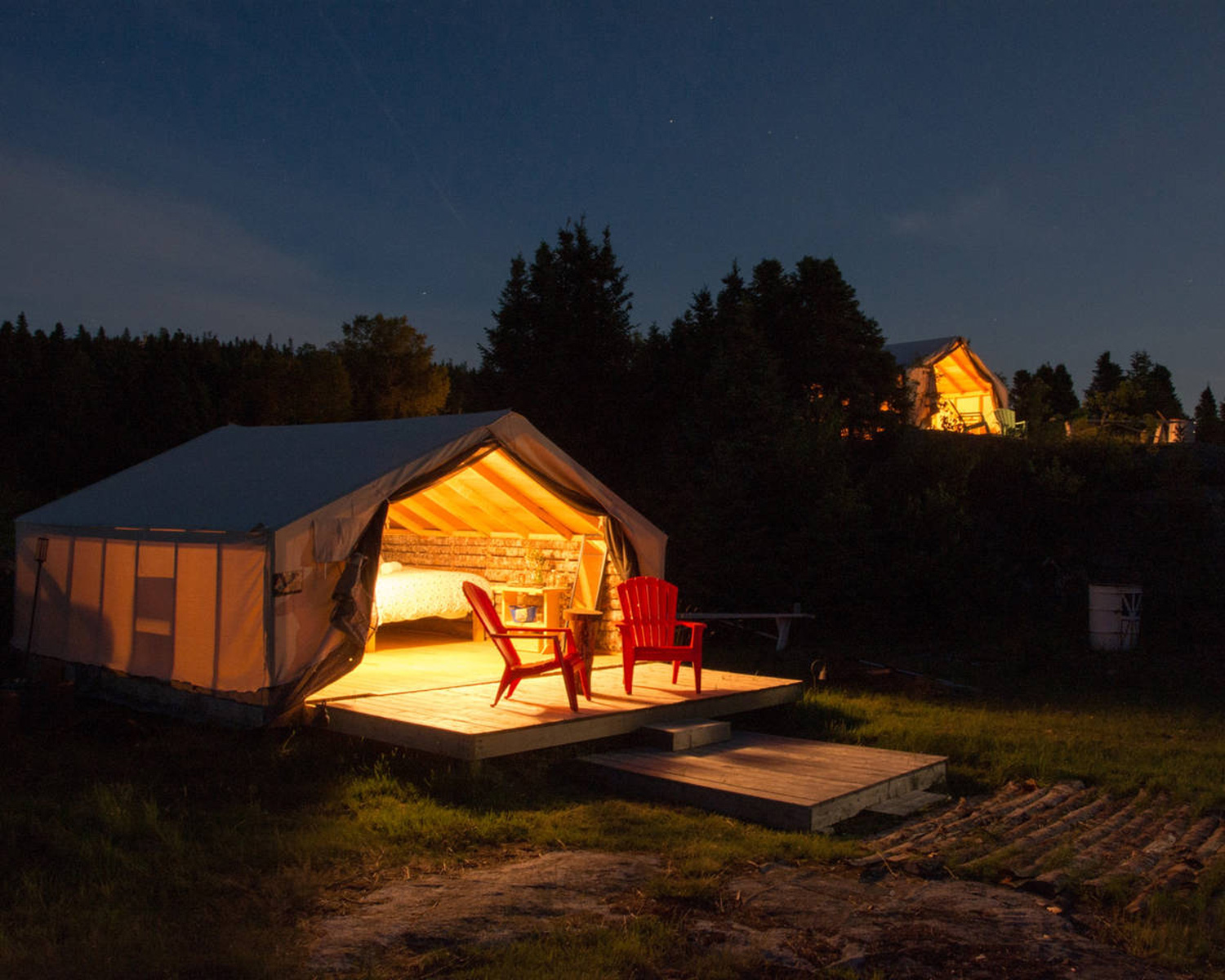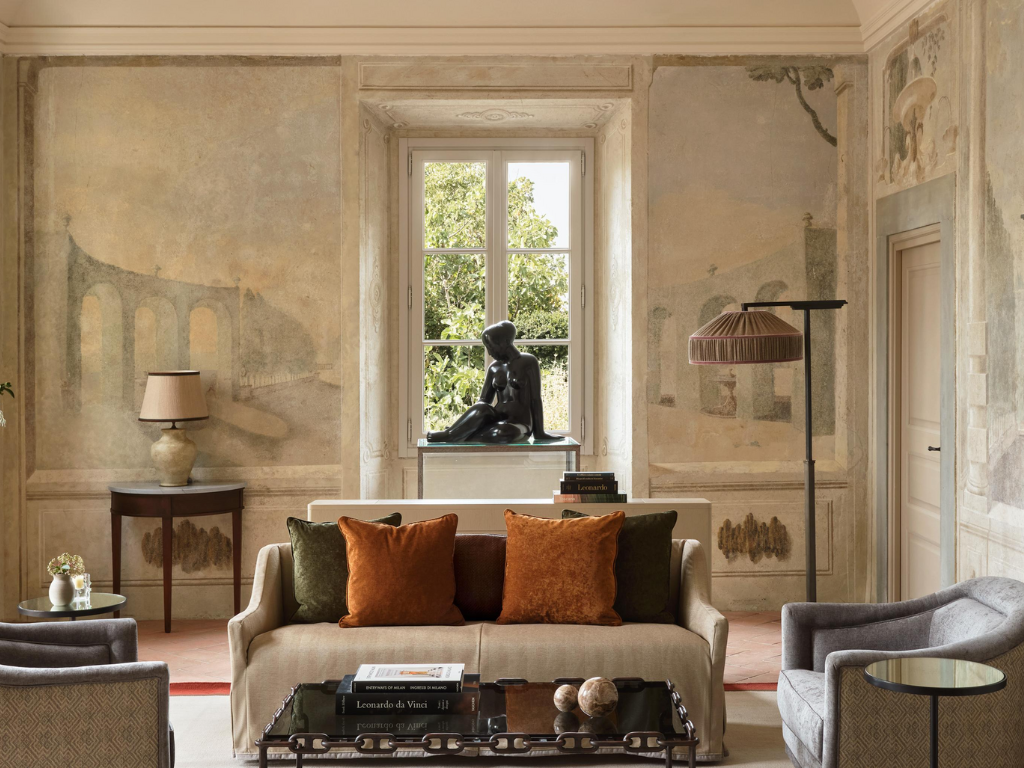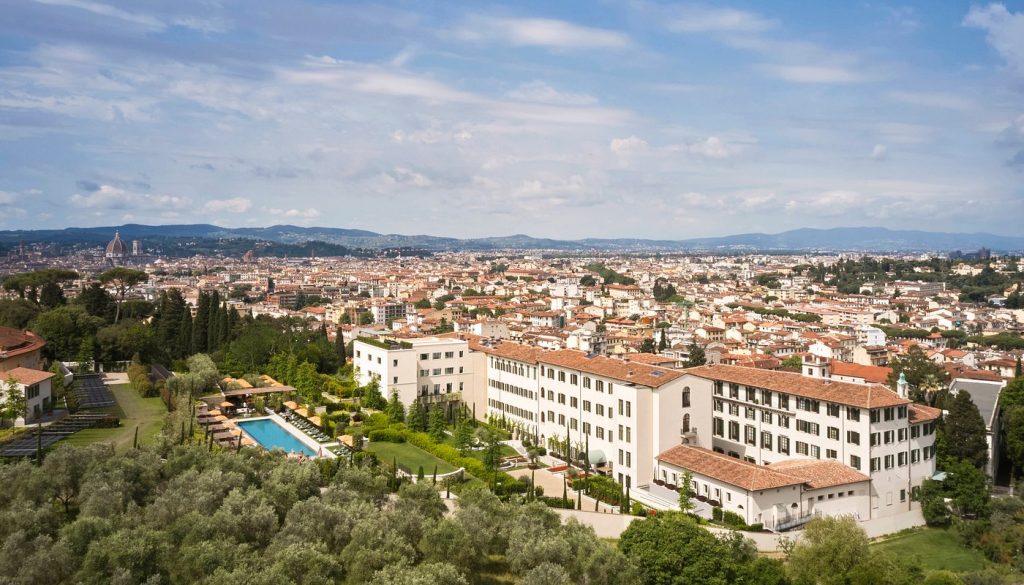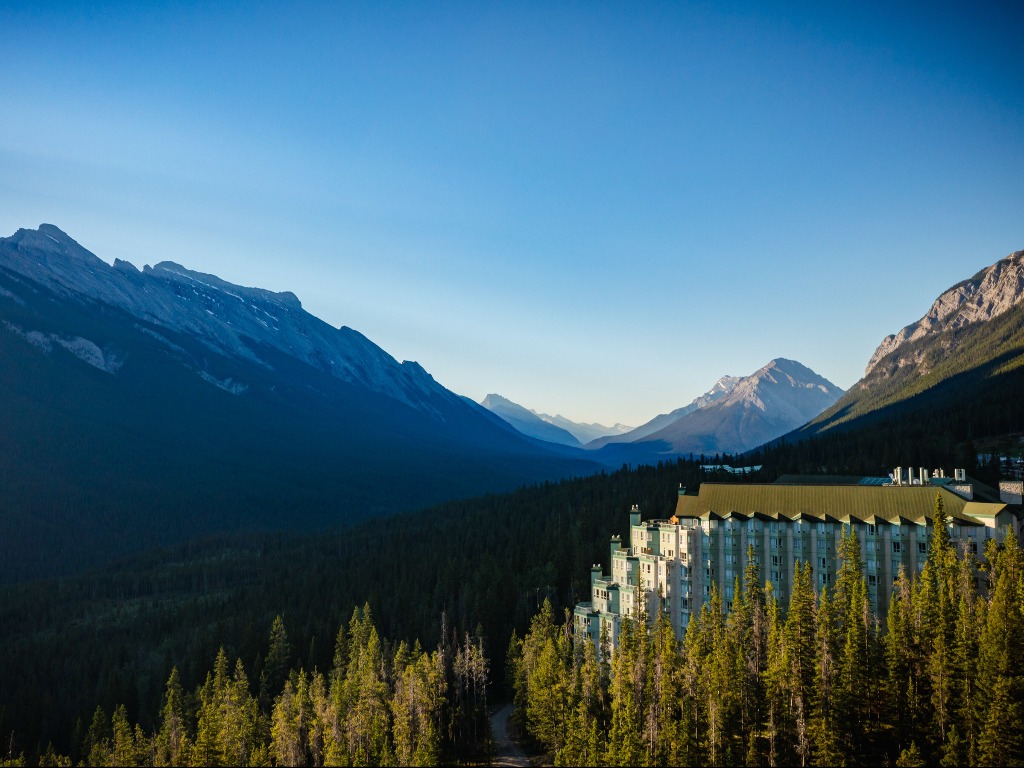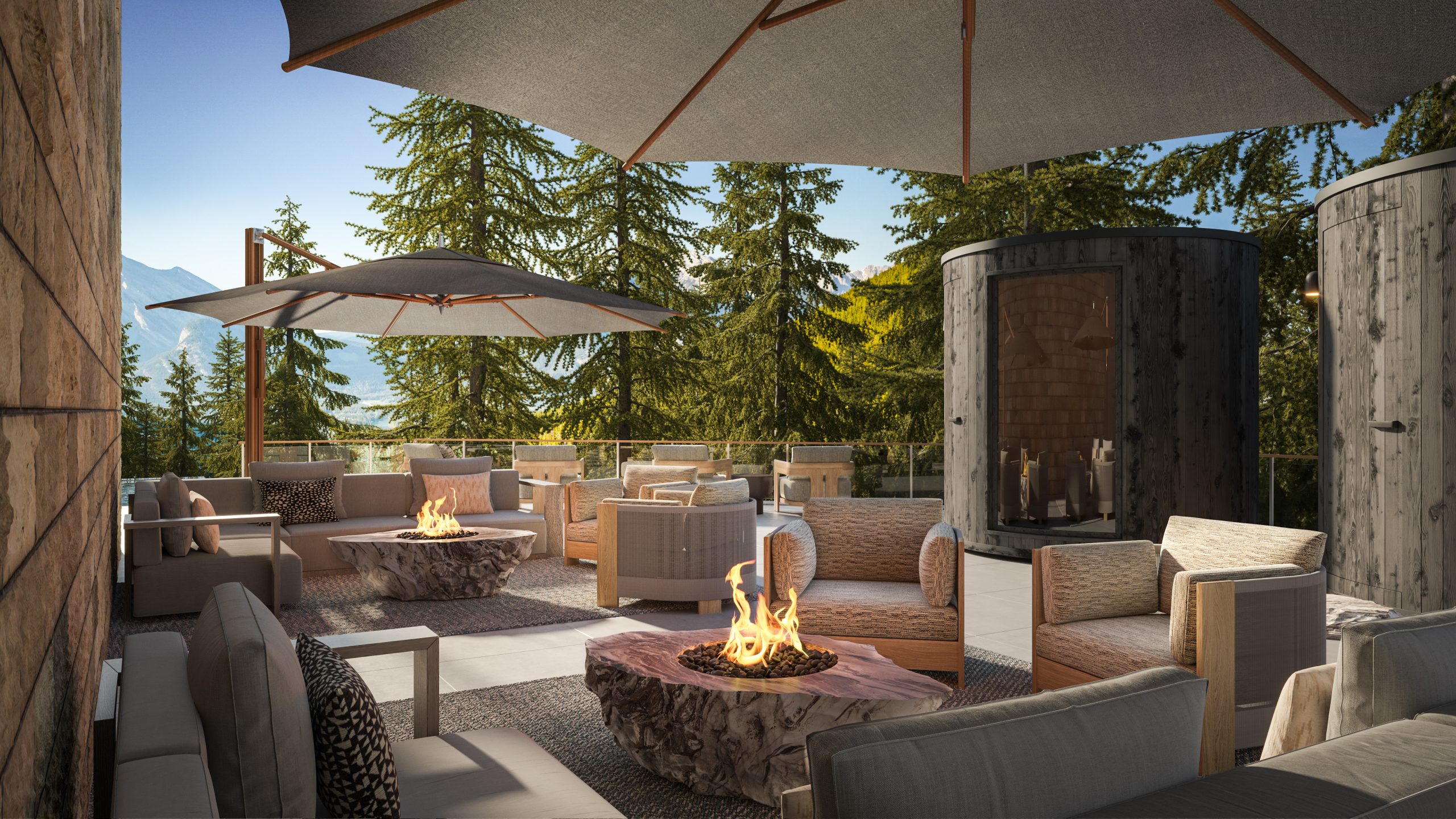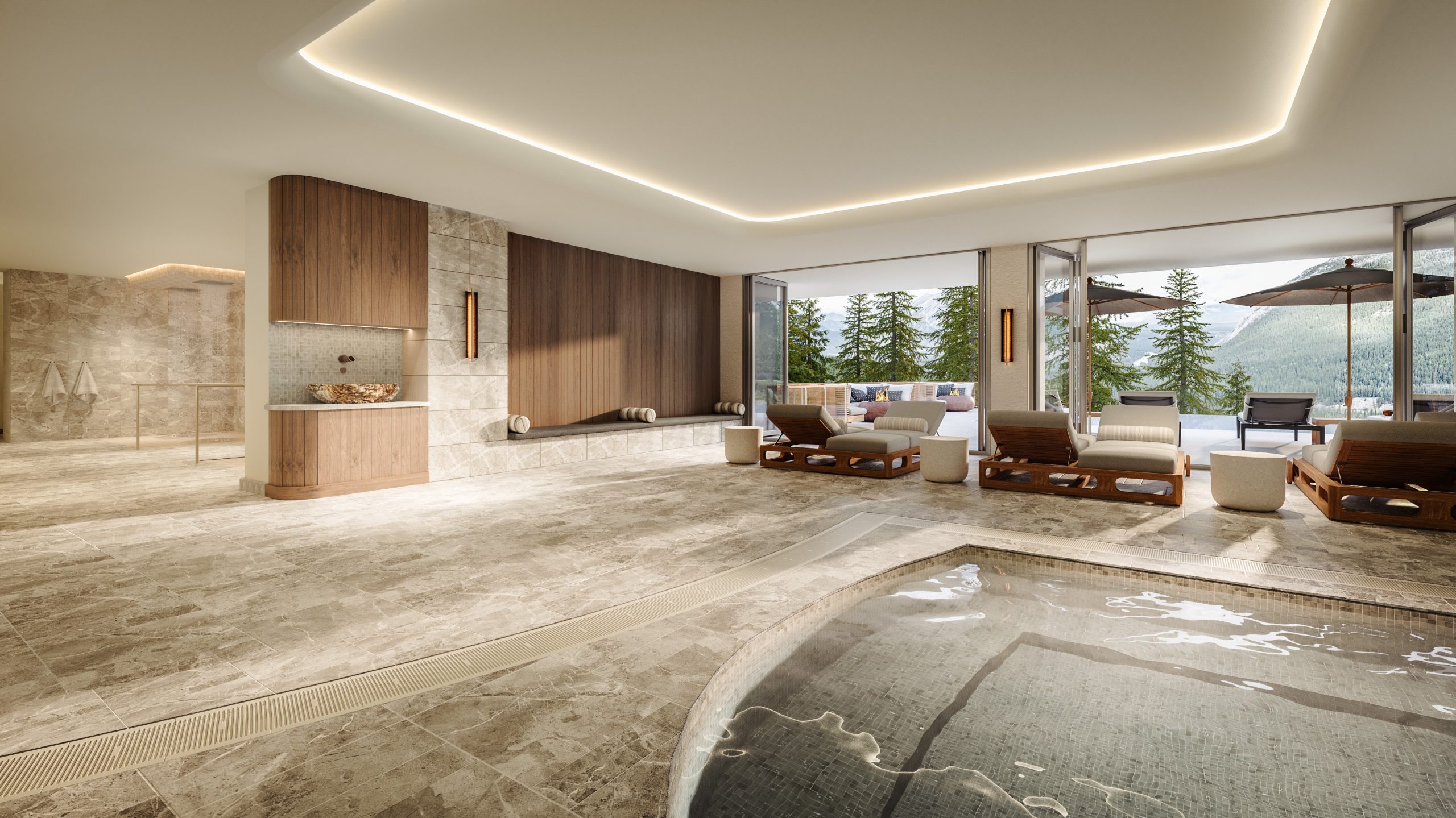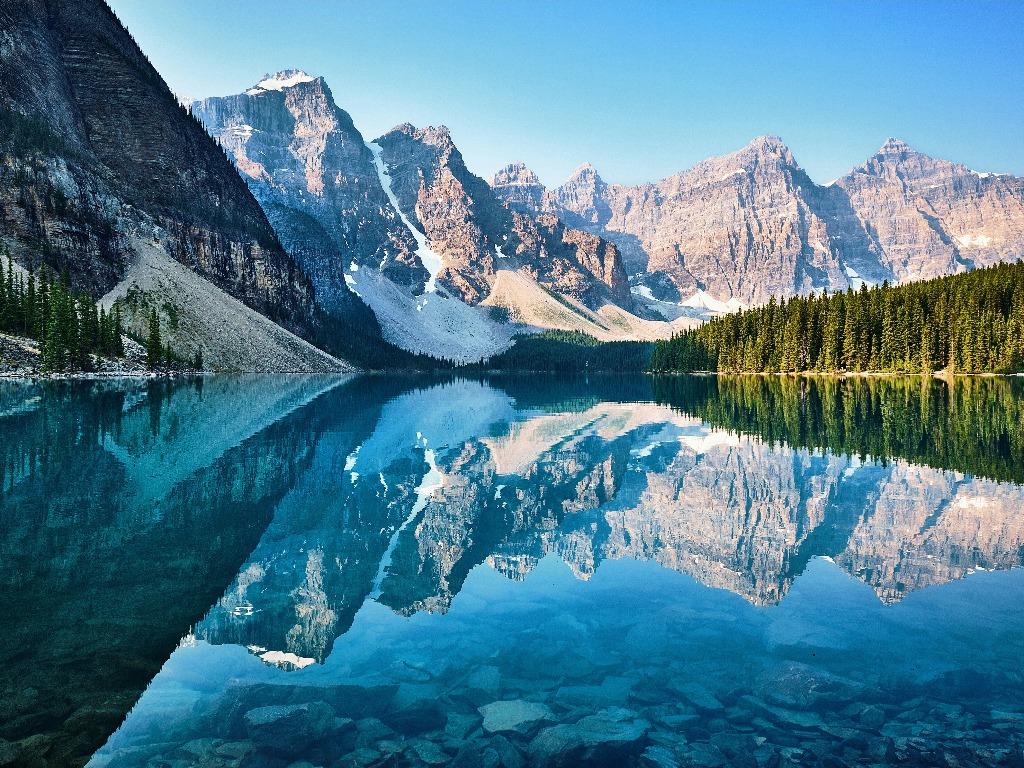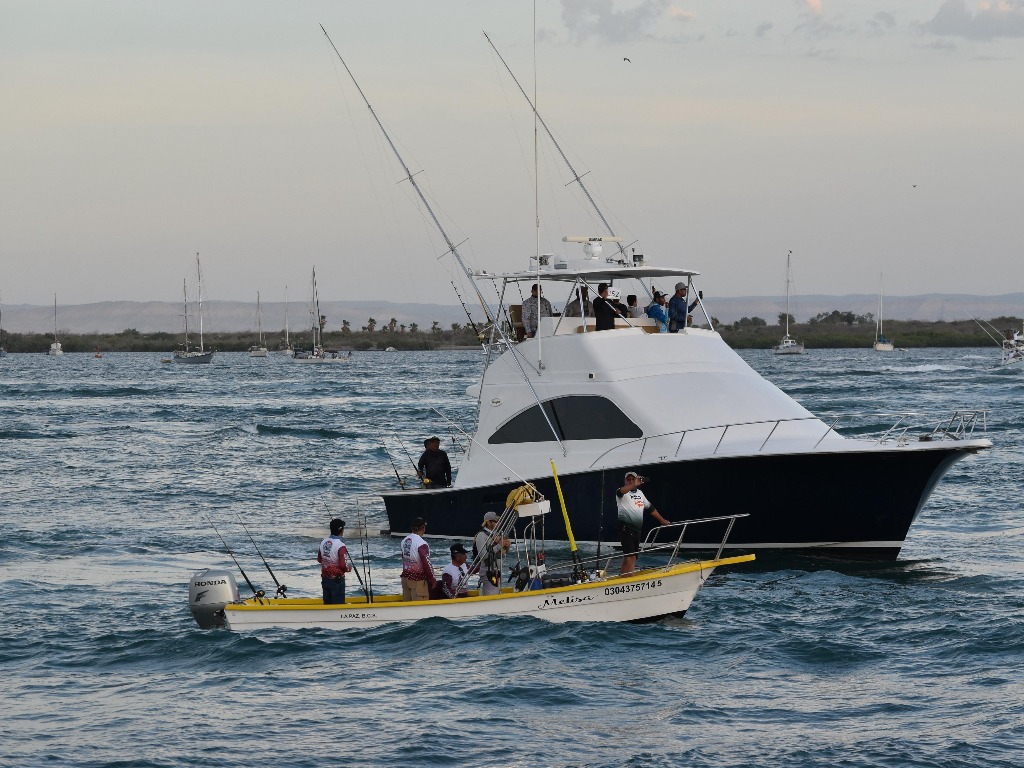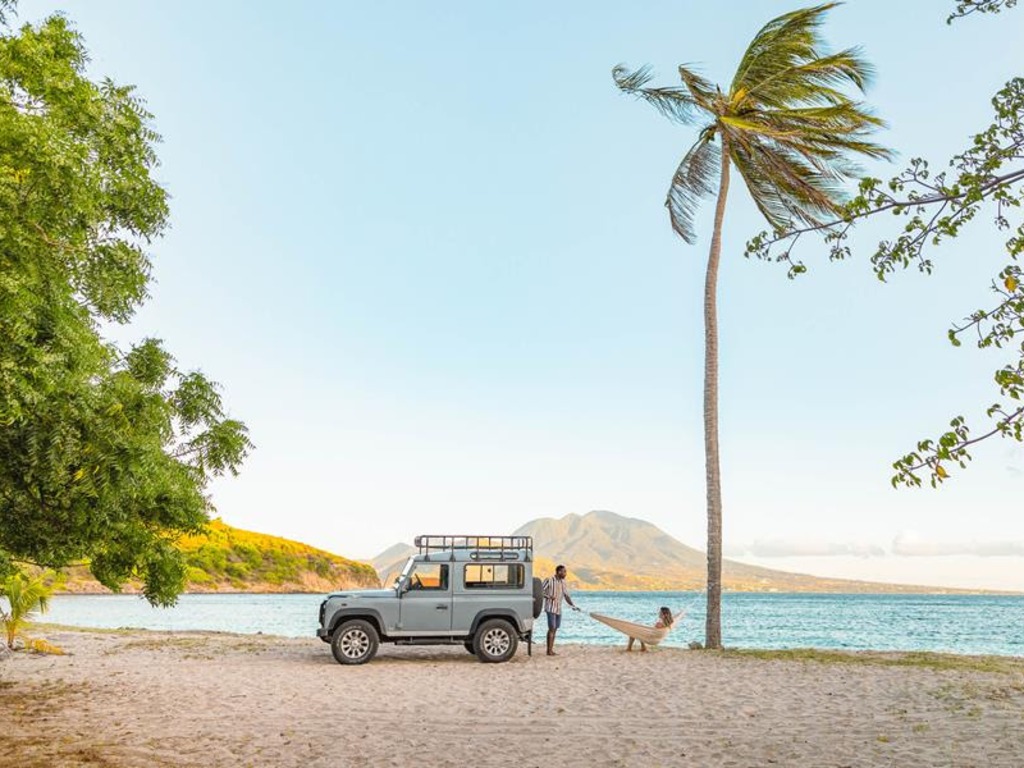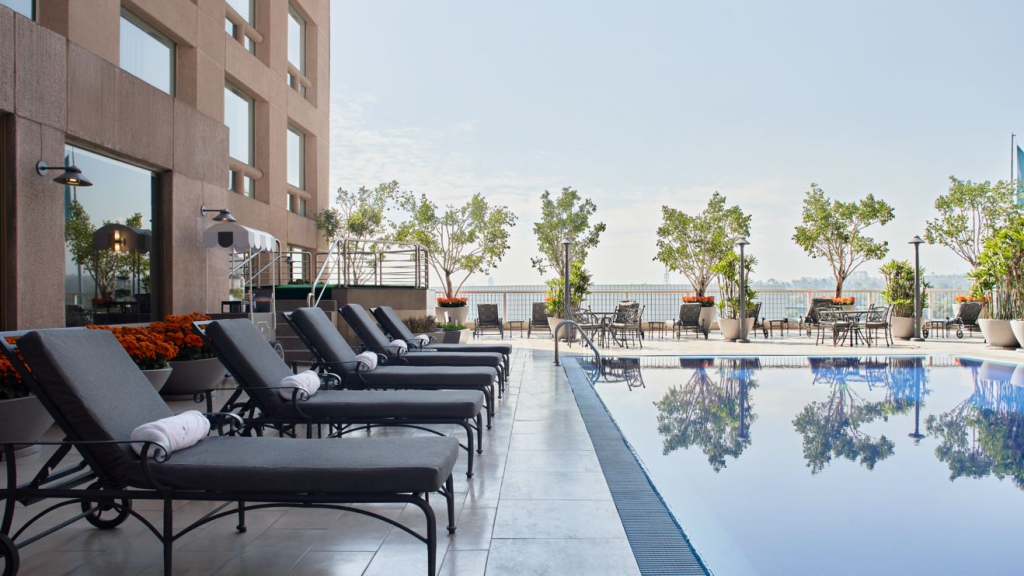
A New Luxury Link Between Mexico City and San Miguel de Allende
For the first time, two of Mexico’s most celebrated luxury hotels — JW Marriott Mexico City Polanco (above) and Hotel Matilda — are joining forces to create a seamless escape that moves effortlessly between the cosmopolitan pulse of the capital and the artistic allure of San Miguel de Allende.
Launching May 2025, the From Polanco to San Miguel package invites travellers to experience the country’s cultural spectrum without sacrificing style or comfort. In one trip, guests can savour Mexico City’s high-energy sophistication and San Miguel’s intimate, art-filled streets — all wrapped in the five-star service of two properties that are, until now, rarely mentioned in the same itinerary.
“Mexico City delivers cosmopolitan energy and style, while San Miguel de Allende offers a more intimate, artistic rhythm,” says Bruce James, General Manager of Hotel Matilda. “This package lets guests immerse themselves in both.”
The journey begins with two weekend nights at JW Marriott Mexico City Polanco, a freshly renovated 314-room address at the intersection of glamour and green space. Steps from the boutiques of Presidente Masaryk Avenue and across from Chapultepec Park, the hotel’s offerings include three new restaurants (Sendero, Corsi, and Archiebald), cocktail lounges ranging from sleek wine bar Estación 29 to a traditional mezcal tahona, a panoramic outdoor pool, and a spa devoted to vegan, organic treatments.
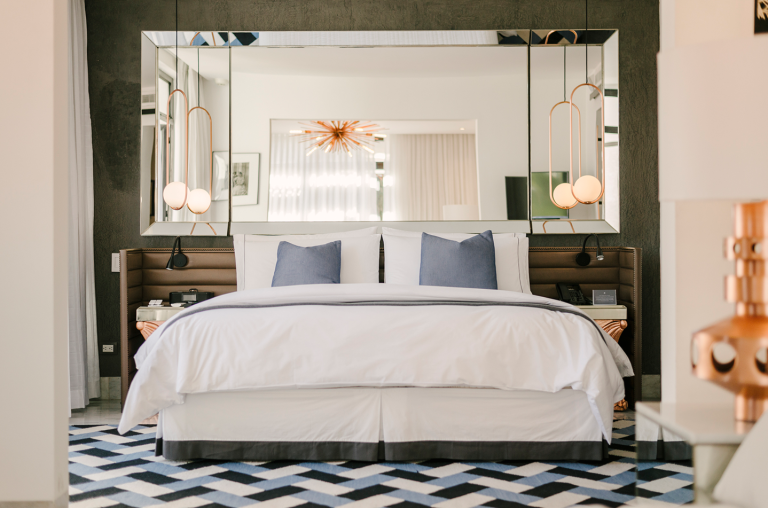
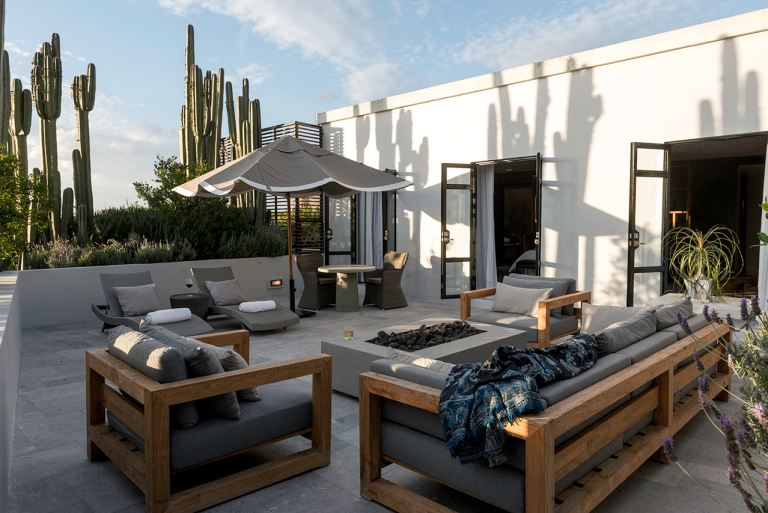
From there, a private luxury SUV whisks guests to San Miguel de Allende in under three and a half hours. Here, Hotel Matilda — a Design Hotels member and long-time cultural tastemaker — blends modern design with colonial architecture. Guests might dine at the acclaimed Moxi restaurant, sip cocktails at the intimate Monkey Bar, unwind in the serene garden spa, or wander hallways that double as contemporary art galleries.
In Mexico City, days can be filled with world-class museums such as Museo Jumex and the National Museum of Anthropology, or detours into bohemian Coyoacán for the Frida Kahlo Museum and bustling markets. In San Miguel, the cobblestoned streets lead to landmarks like the pink spires of the Parroquia de San Miguel Arcángel, the Fábrica La Aurora art complex, and rooftop wine tastings with views over the city.
The package includes breakfast at both hotels, private transfer between cities, and cultural experiences curated by Hotel Matilda — and for Marriott Bonvoy members, the added perk of earning points.
“This trip is much more than a transfer between cities,” says Daniela González, Director of Sales and Marketing for JW Marriott Mexico City Polanco. “It is an opportunity to connect with the rich culture of Mexico while enjoying the luxury, comfort, and impeccable service that characterizes these great hospitality brands.”
With its blend of urban sparkle, artistic spirit, and door-to-door ease, this new collaboration offers a fresh way to see — and savour — Mexico’s diverse charms.

